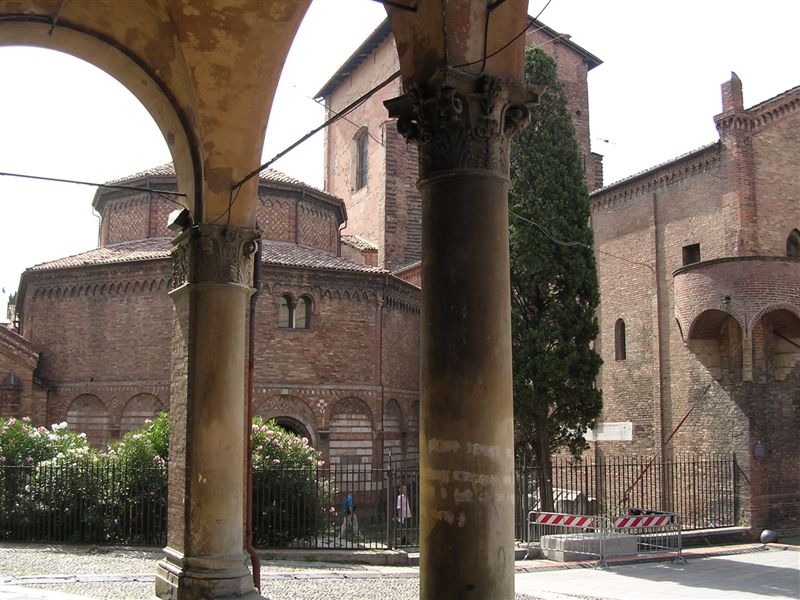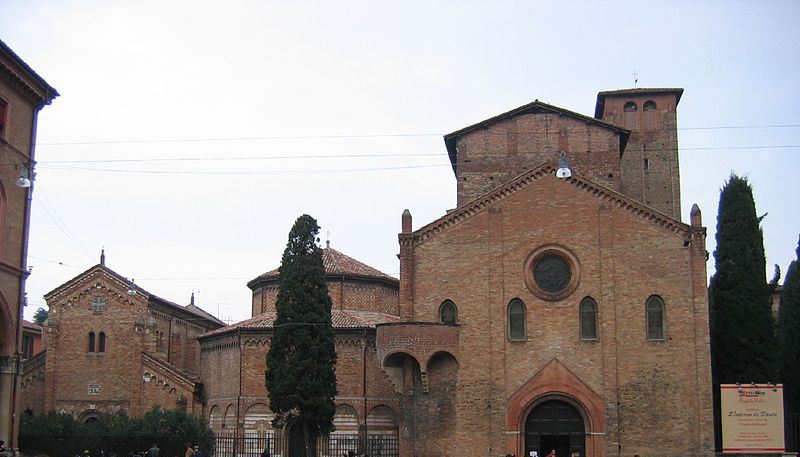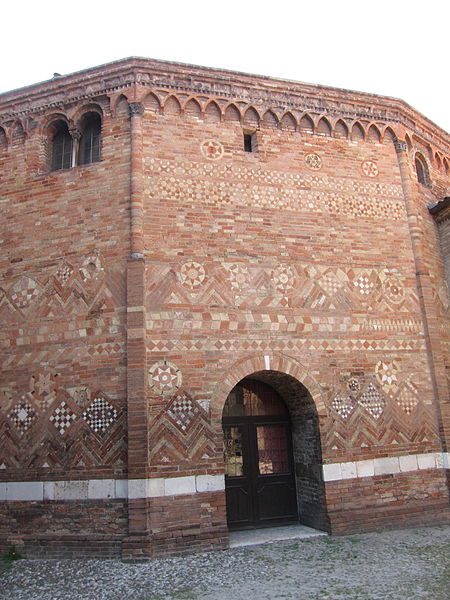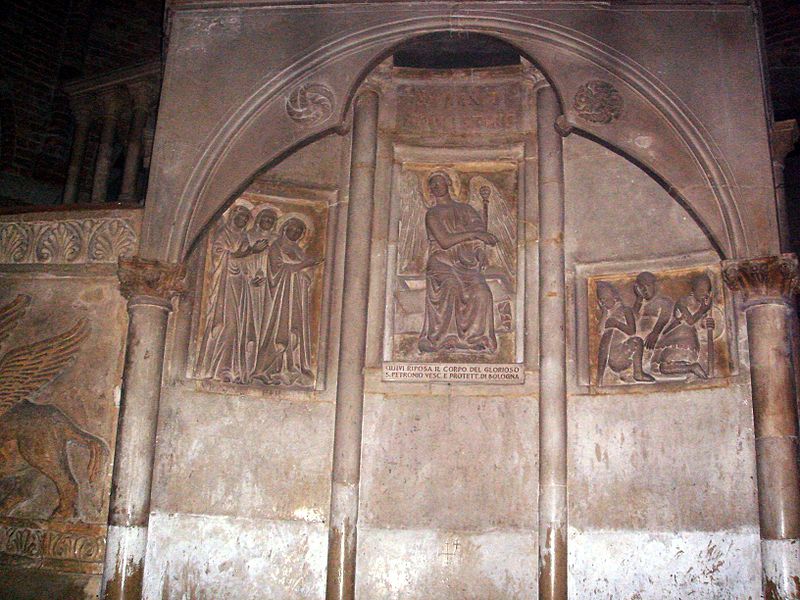If you are looking for a stopover during your transfer from Florence to Venice, we suggest a visit to the Basilica of Santo Stefano in Bologna.

The St Stephen’s Basilica is the most interesting Romanesque monument of Bologna. It is an overlap of seven churches from different eras embedded into one another.

According to legend it was St. Petronius, Bishop of Bologna in the 4th century, who devised a Basilica to imitate the Holy Sepulchre of Jerusalem in order to attract pilgrims who were travelling to the Holy Land. You could call him the first travel agent in Bologna; he took advantage of the local geography, such as a small hill which he turned into the Mount of Olives, the presence of a water source to represent the Jordan River, a valley to form the valley of Jehoshaphat, thereby reconstructing a copy of the Holy Sepulchre. He built all this in the same place where the temple of Isis once stood, of which the entrance lintel still exists today.

Within the Basilica, San Petronio spread several relics from the Roman era; in the yard he had a limestone pool of the Longobard era placed to represent the basin in which Pontius Pilate washed his hands, while under the porch is the statue of the Rooster of St. Peter that represents the betrayal of Jesus. During Easter week, through a small door, it is possible to access the crypt to pray at the tomb of Saint Petronio.

Bologna is also known as the “red city” because it was once the city of terracotta: for instance, famous is the Palace of Heads with its 400 statues of mocking faces that look out from the walls, while in the Oratory of Santa Maria della Vita it is possible to the “Transit of the Virgin watched over by the Apostles”, but the most significant work of the Renaissance is that of the “Lamentation over the Dead Christ” by Nicholas Ark, a sculptural group of seven terracotta figures that Michelangelo himself called a masterpiece.
Photos by Paolo Carboni, Gaspa, A. Hert, Giovanni Dall’ Horto from Wikimedia Creative Commons


